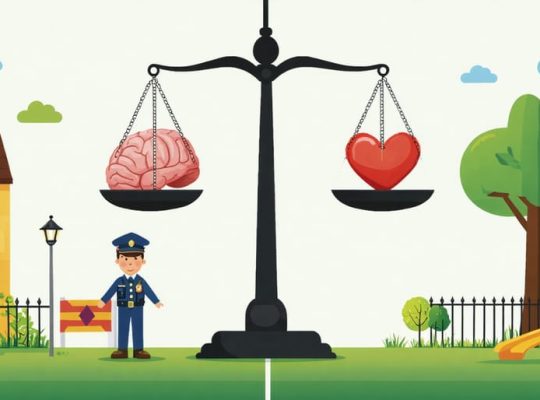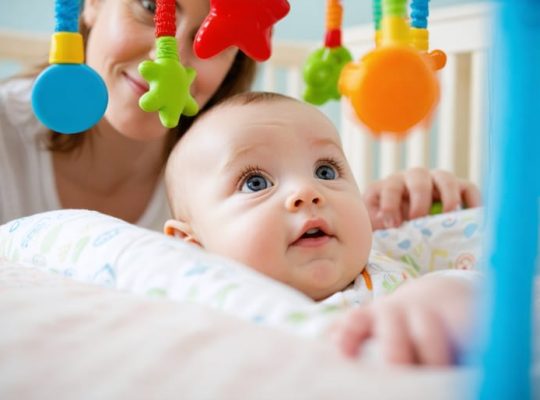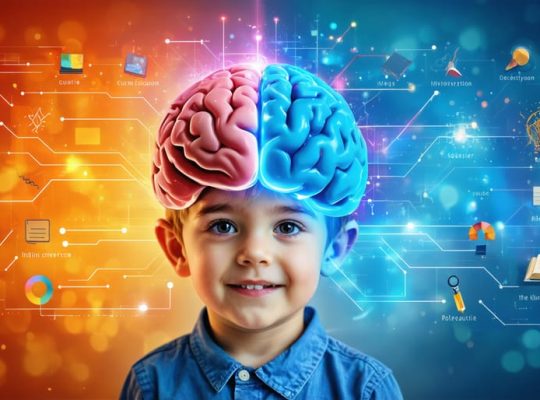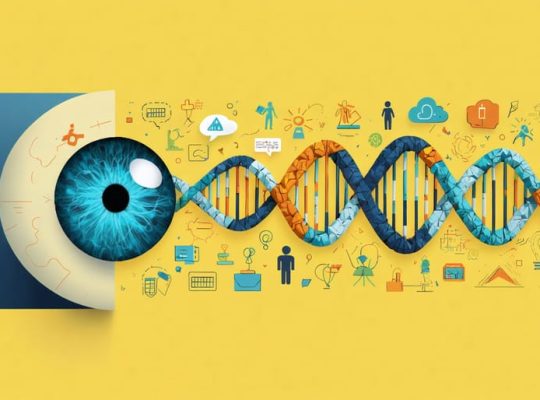How Community Safety Issues Are Shaping Your Child’s Mental Health
As parents and caregivers, we face an increasingly complex landscape of safety challenges affecting our 6-12 year olds. From cyberbullying to playground injuries, from stranger danger to emotional well-being, the threats to our children’s safety have evolved dramatically in recent years. Yet understanding these risks is only half the battle – knowing how to protect our children while nurturing their independence is the real challenge.
Recent studies show that 70% of children in this age group encounter at least one significant safety concern during their elementary school years. However, experts emphasize that with proper …










